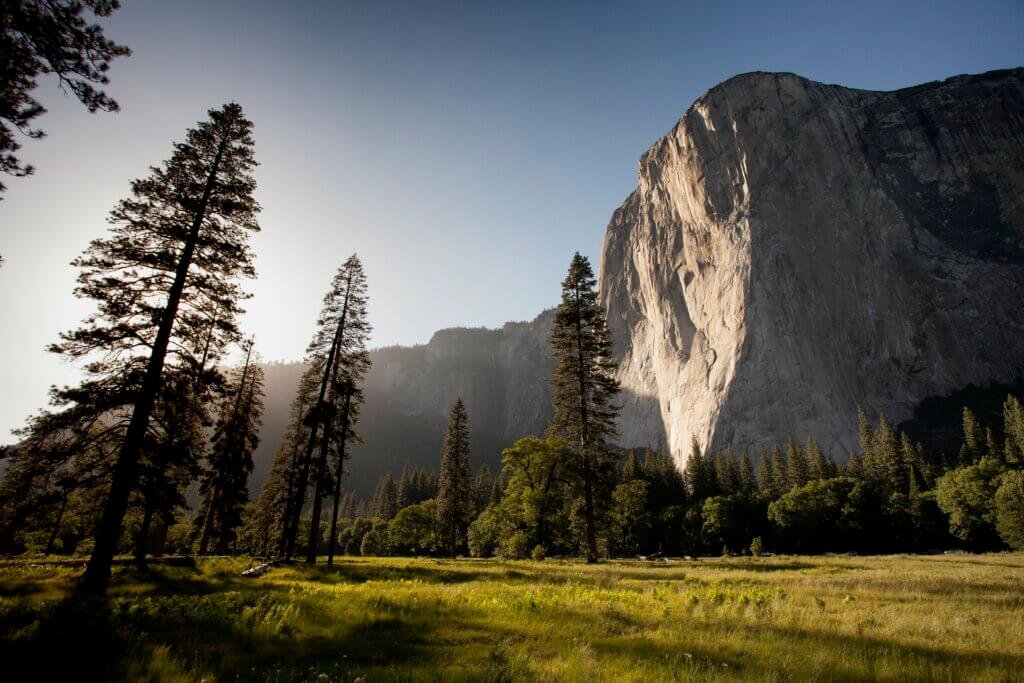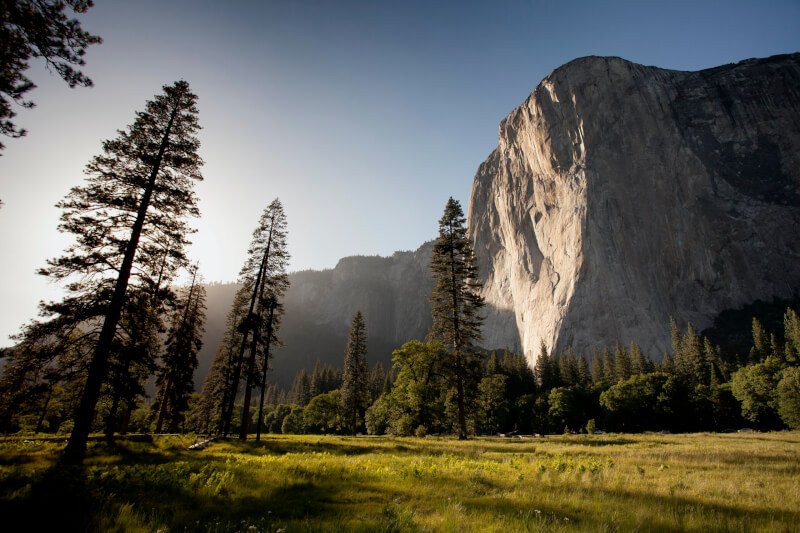Are you looking for a unique and educational adventure? Look no further! This article will provide you with all the tips and tricks you need to plan a glamping trip that combines the joy of camping with exciting educational activities. From stargazing to nature hikes and wildlife photography, we’ve got you covered. Get ready to embark on a memorable journey while learning and exploring the great outdoors.
Choose a Destination
Consider the location
When planning a glamping trip with educational activities, the first step is to choose a suitable destination. Consider the location carefully, taking into account factors such as accessibility, proximity to educational attractions, and the natural environment. Think about whether you prefer a coastal region, a mountainous area, or a forest setting. Each location offers a unique learning experience, so choose one that aligns with your educational goals and interests.
Research the available glamping sites
Once you have narrowed down your desired location, it’s time to research the available glamping sites. Look for sites that offer comfortable accommodations while still allowing you to immerse yourself in nature. Consider factors like the amenities offered, the type of glamping accommodations available (such as cabins, yurts, or treehouses), and the reviews from previous visitors. This will help you find a site that suits your preferences and provides a conducive environment for your educational activities.
Check for educational opportunities in the area
In addition to considering the glamping site itself, it’s important to check for educational opportunities in the surrounding area. Look for museums, historical sites, wildlife reserves, or any other educational attractions that can enhance your learning experience. Research the educational programs and activities they offer to ensure they align with your goals. By choosing a destination with ample educational opportunities, you can make your glamping trip both fun and educational.
Decide on the Duration
Determine the length of your trip
The next step in planning your glamping trip is to determine the length of your stay. Consider how much time you have available and how it fits with your educational objectives. If you have a limited timeframe, you may need to prioritize certain activities or choose a destination that offers a condensed educational experience. On the other hand, if you have more time, you can spread out your learning activities and explore the area at a leisurely pace.
Consider the time needed for educational activities
When planning the duration of your trip, it’s important to allocate enough time for the educational activities you have in mind. Consider how long each activity will take, including travel time and any additional preparation required. Ensure that you have enough time to fully engage with the educational opportunities available and allow for some flexibility in case unexpected learning opportunities arise.
Allocate time for relaxation and fun
While the educational aspect of your glamping trip is important, it’s also crucial to allocate time for relaxation and fun. Remember that glamping is about enjoying nature and the outdoors, so be sure to include activities like hiking, swimming, or simply lounging in a hammock. Balancing educational activities with leisure time will ensure a well-rounded and enjoyable experience for everyone involved.

Select Suitable Accommodation
Research different types of glamping accommodations
When it comes to glamping, there are various types of accommodations to choose from. From luxurious cabins to unique structures like yurts or treehouses, each option offers a different experience. Take the time to research and understand the features and amenities of each type of accommodation and choose one that suits your preferences and needs. Consider factors such as size, comfort, and the level of immersion in nature.
Consider the amenities and facilities
While glamping offers a more luxurious camping experience, it’s important to consider the amenities and facilities provided by the glamping site. Look for accommodations that offer comfortable beds, private bathrooms, and kitchen facilities if desired. Also, check for additional amenities like swimming pools, communal areas, or recreational activities that can enhance your overall experience. Remember, the more comfortable and convenient your accommodation is, the better you’ll be able to focus on the educational activities.
Choose accommodation that aligns with educational goals
In selecting your glamping accommodation, consider how it aligns with your educational goals. For example, if you’re interested in environmental conservation, choose a site that emphasizes sustainability and eco-friendly practices. If learning about local history is a priority, consider staying in a unique historical structure or a glampsite near museums or cultural heritage sites. By choosing accommodation that complements your educational goals, you can create a cohesive and enriching glamping experience.
Plan Educational Activities
Identify educational goals and objectives
Before diving into the specific activities, it’s essential to identify your educational goals and objectives for the trip. Determine what you hope to achieve and what knowledge or skills you want to gain or develop. Whether it’s learning about local wildlife, history, sustainability, or science, having clear educational goals will guide your activity selection and ensure a focused and meaningful learning experience.
Research educational opportunities at the destination
Once you have established your educational goals, research the educational opportunities available at your chosen destination. Look for guided tours, workshops, or programs that cater to your interests and provide opportunities for hands-on learning. Consider reaching out to local educational institutions, nature centers, or museums to inquire about any specialized educational activities they offer. Gathering this information will help you plan a diverse range of activities that cater to different learning styles.
Choose activities that cater to different learning styles
When planning your educational activities, it’s important to consider different learning styles. Some people learn best through hands-on experiences, while others prefer visual or auditory learning. Aim to incorporate activities that cater to various styles, ensuring that everyone in your group can actively participate and engage with the learning materials. This could involve nature hikes, interactive workshops, educational games, or even guest speakers who can provide unique perspectives.

Create a Daily Itinerary
Allocate time for educational activities each day
To ensure a well-organized glamping trip, create a daily itinerary that includes dedicated time for educational activities. Plan specific time slots for each activity, considering factors such as travel time, duration of the activity, and breaks for rest and meals. Allocating consistent time for educational activities throughout your trip will help you stay focused and ensure that you have enough time to explore all the interesting educational opportunities available.
Include breaks and downtime
In addition to educational activities, it’s important to include breaks and downtime in your daily itinerary. Glamping is meant to be a relaxing and enjoyable experience, so remember to schedule time for lounging, napping, or engaging in leisure activities. These periods of rest will allow you to recharge and fully absorb the knowledge gained during the educational activities. Strike a balance between learning and relaxation to make the most of your glamping trip.
Plan for meals, rest, and other leisure activities
While educational activities are the main focus of your glamping trip, it’s crucial to plan for meals, rest, and other leisure activities as well. Research local restaurants or plan for cooking meals at your accommodation if facilities are available. Consider including leisure activities such as swimming, star-gazing, or campfire storytelling in your itinerary. This will create a well-rounded experience and ensure that everyone can indulge in the joys of glamping while still engaging in educational pursuits.
Prepare Educational Materials and Resources
Gather relevant books, guides, and resources
To enhance your educational activities, gather relevant books, guides, and resources that pertain to your chosen educational topics. These resources can provide additional context, insights, and reference materials for deeper learning. Consider packing field guides for identifying local flora and fauna, informational books about the region’s history, or scientific resources that complement the educational activities planned. Having these materials readily available will enrich the learning experience and create opportunities for further exploration.
Pack necessary equipment and supplies
Certain educational activities might require specific equipment or supplies. For instance, if you plan to conduct hands-on experiments, make sure to pack necessary materials such as magnifying glasses, measuring tools, or sample collection kits. If you intend to explore the night sky, bring along telescopes or binoculars for stargazing. Consider the requirements of each activity and ensure that you have everything you need to facilitate meaningful learning experiences.
Create worksheets or activities for hands-on learning
To make the educational activities more engaging and interactive, consider creating worksheets or activities for hands-on learning. Develop exercises or tasks that involve observation, critical thinking, or problem-solving. These activities can be tailored to the specific educational goals you’ve set and can help participants actively apply their knowledge. By incorporating interactive elements, you can enhance the learning experience and encourage meaningful connections with the educational content.

Promote Environmental Awareness
Teach Leave No Trace principles
As you embark on your glamping trip, it’s important to promote environmental awareness and teach the principles of “Leave No Trace.” Educate participants about the importance of minimizing our impact on the environment and preserving the natural beauty of the area. Encourage responsible behavior such as proper waste disposal, respectful wildlife observation, and staying on designated trails. By instilling these values, you can create a positive and sustainable learning environment.
Encourage sustainable practices during the trip
In addition to teaching “Leave No Trace” principles, encourage sustainable practices during the entire glamping trip. This can include using eco-friendly products, reducing energy consumption, and supporting local businesses that prioritize sustainability. Consider organizing activities that showcase sustainable practices, like composting workshops or nature-themed arts and crafts using recycled materials. By incorporating sustainability into your educational activities, you can foster a sense of responsibility towards the environment.
Conduct nature walks or eco-friendly workshops
To further promote environmental awareness, organize nature walks or eco-friendly workshops during your glamping trip. Explore the local flora and fauna, pointing out different species and their ecological importance. Teach participants about the interconnectedness of ecosystems and the impact of human activities on the environment. Consider involving experts or local guides who can offer insights, answer questions, and provide a deeper understanding of the natural world. These hands-on experiences will leave a lasting impression and inspire participants to take care of the environment.
Consider Safety Measures
Assess potential risks and hazards
Before embarking on your glamping trip, it’s essential to assess potential risks and hazards. Consider the physical environment, weather conditions, and any activities that may carry inherent risks. Take precautions to ensure the safety of all participants by addressing these hazards and implementing appropriate safety measures. This may involve providing safety gear, educating participants about potential risks, or modifying activities to minimize danger. Prioritizing safety will allow everyone to fully enjoy the educational experiences with peace of mind.
Ensure proper supervision for educational activities
When planning educational activities, it’s important to ensure proper supervision, especially when working with children or participants who may require additional assistance. Assign responsible adults or guides to each educational activity to monitor participants’ safety and address any concerns that may arise. Providing appropriate supervision will allow participants to immerse themselves in the learning experience with confidence, knowing that their safety is being considered.
Pack a first aid kit and emergency contact information
As part of your safety preparations, pack a well-stocked first aid kit and ensure you have emergency contact information readily available. The first aid kit should include essentials such as bandages, antiseptic ointment, pain relievers, and any necessary medications for participants with specific medical needs. Additionally, have a list of emergency contact numbers, including local emergency services and any relevant medical facilities. Being prepared for emergencies will help you handle any unexpected situations effectively.

Involve the Participants
Inform participants about the trip and its educational focus
To ensure the active engagement and participation of everyone involved, inform participants about the glamping trip and its educational focus right from the start. Clearly communicate the goals and objectives of the trip, as well as the planned activities and learning experiences. Provide participants with resources or materials to review beforehand, so they can come prepared and understand the educational context. Encouraging participants’ involvement from the beginning will foster enthusiasm and a sense of ownership over the learning process.
Encourage input and suggestions
Throughout the planning process, encourage participants to provide input and suggestions for educational activities. Create a space for open discussion and listen to their ideas and preferences. This collaborative approach will not only make participants feel valued but also ensure that the activities cater to their interests and learning styles. Incorporating their suggestions will make the glamping trip a truly enriching and personalized experience for everyone involved.
Assign responsibilities and tasks to engage everyone
To foster a sense of engagement and ownership, assign responsibilities and tasks to each participant. This can involve different roles such as organizing activities, leading discussions, or documenting the learning journey through photographs or writing. By involving everyone in meaningful ways, participants will feel more connected to the educational experience and develop valuable skills in teamwork, leadership, and personal responsibility.
Reflect and Assess
Encourage participants to reflect on their experiences
At the end of the glamping trip, encourage participants to reflect on their experiences. Provide opportunities for individuals to share their thoughts, insights, and the impact the educational activities had on them. This reflection process can be facilitated through group discussions, written reflections, or artistic expressions. Encourage participants to consider what they have learned, how it may have changed their perspectives, and how they can apply this knowledge in their daily lives.
Evaluate the success of educational activities
As the trip organizer, it’s important to evaluate the success of the educational activities. Reflect on whether the activities achieved the intended educational goals and objectives. Gather feedback from participants regarding their favorite activities, what they found most impactful, and any areas for improvement. This evaluation process will help you refine your approach in planning future glamping trips with educational activities and ensure continuous improvement.
Take note of areas for improvement
Finally, take note of areas for improvement in your planning and execution of the glamping trip. Reflect on any logistical challenges, activity modifications, or aspects that could have been better organized. Use this feedback to refine your future planning and make adjustments that will enhance the overall experience for participants. Taking note of areas for improvement demonstrates your commitment to providing the best possible educational glamping experience, ensuring each trip becomes even more enriching and memorable.
In conclusion, planning a glamping trip with educational activities requires careful consideration of the destination, duration, accommodation, educational goals, daily itinerary, resources, safety measures, participant involvement, and post-trip reflection. By following these steps and incorporating educational elements into your glamping experience, you can create a memorable and enriching adventure that combines the joys of nature, relaxation, and learning. Happy glamping!



